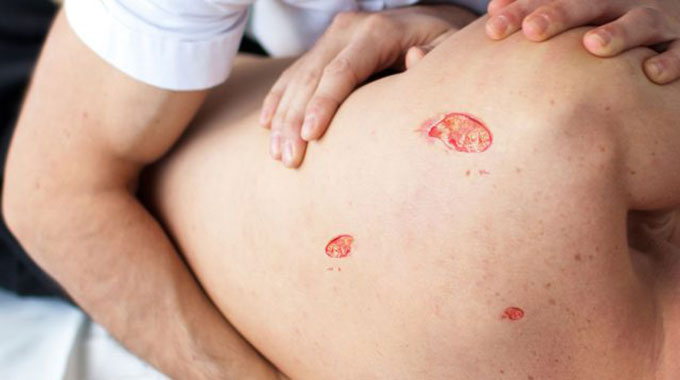
Pressure ulcers, or bed sores as they are commonly called, are among the most common health conditions for seniors in the United States. According to the Agency for Healthcare Research & Quality (AHRQ), more than 2.5 million individuals in the United States experience pressure ulcers every single year. A recent study indicated that 8% of all nursing home patients had experienced a pressure sore at one time or another. This research also suggested that over 28% of patients in a home care setting, also experience pressure sores. Scary, isn’t it?
Even more alarming, more than 17,000 lawsuits are filed every year because of the bed sore epidemic. In fact, bed sores are responsible for around 60,000 deaths every year and are becoming more and more rampant as the life expectancy of our elderly increases. As our seniors get older, many of them cannot move without restriction or are confined to a wheelchair or bed. And, unfortunately, many of them don’t receive adequate bed sore care, and often these bed sores get worst.
The good news is that pressure sores can be preventable if the signs are recognized early and if you take care of them once they start to develop.
If you or a loved one has bed sores, or you merely want to learn more about them, keep reading. In this post, we’ll discuss the common causes of bed sores and how to treat them.
THE COMMON CAUSES THAT ARE RESPONSIBLE FOR DEVELOPING BED SORES
Lying down in one position for too long or sitting through the day cause friction on the skin which interrupts the blood flow. As a result, the oxygen flow to the area reduces, causing the cells to die. And, it is this dying off that causes bed sores. At the Nurses Guild, the health care professionals have been specially trained to watch out for the signs of the cells dying off or bed sores forming. They work very closely with patients to keep them mobile and active. They also watch out for fecal or urinary incontinence, poor nutrition, and decreased level of consciousness, low body weight; corticosteroid use and dry skin. They look for unusual changes in skin color or texture, swelling or pus-like draining in various regions of the body that are more susceptible. They pay close attention to such areas as the tailbone or buttocks, shoulder blades and spine, legs, heels, backs of arms sides of the head or back of the head, ankles and skin behind the knees. Keep in mind that the stages of a bed sore are dependent on the severity of the skin break down, which can be categorized as:
Stage 1: Abnormal redness of the skin that is little painful to touch. This stage is reversible.
Stage 2: The redness progresses to a blister or creates a crater that is not deep. This stage is also reversible with professional care.
Stage 3: A sore that resembles a crater or an ulcer that goes beyond the skin. At this stage, it can be life-threatening.
Stage 4: This is a near-fatal stage where it goes from skin loss to extensive destruction or damage to muscle, bone, or even tendons or joint capsules.
PREVENTION AND TREATMENT WITH THE HELP OF PROFESSIONAL NURSING CARE
Prevention is always the best way to handle a bed sore. When that’s not possible, you must be patient because healing a bed sore takes a very long time. You should do the following:
- Move the patient frequently or at least re-distribute the body weight, especially patients who are confined to beds or wheelchairs. It is best to continually inspect clean and moisturize the body parts that are prone to bed sores.
- Most of the patients are treated with different kinds of dressings, which are in the range of saline dressings, acetic acid dressing and compress, hydrocolloid dressings, synthetic dressings, and various antibiotic dressings.
- In some severe cases, surgery may be required to heal the bed sore. However, even after surgeries and dressing, complete healing is only possible with professional care. And nursing care professionals are the only ones who understand how much compassion and comfort is required to cure elderly patients after such procedures.
In conclusion, the best way to cure a bed sore is to prevent it in the first place. However, if your loved one has a bed sore, there are certain things you can do to alleviate their suffering including redistributing their weight, treating their sores with dressings, or having it repaired surgically. The health care professionals at Nurses Guild provide exceptional home health care throughout Broward and Palm Beach Counties. They offer Medicare-certified services to support families and hold the elderlies’ hands to walk them through several health difficulties, including the treatment of bed sores. All professionals with us have undergone extensive medical background checks.


